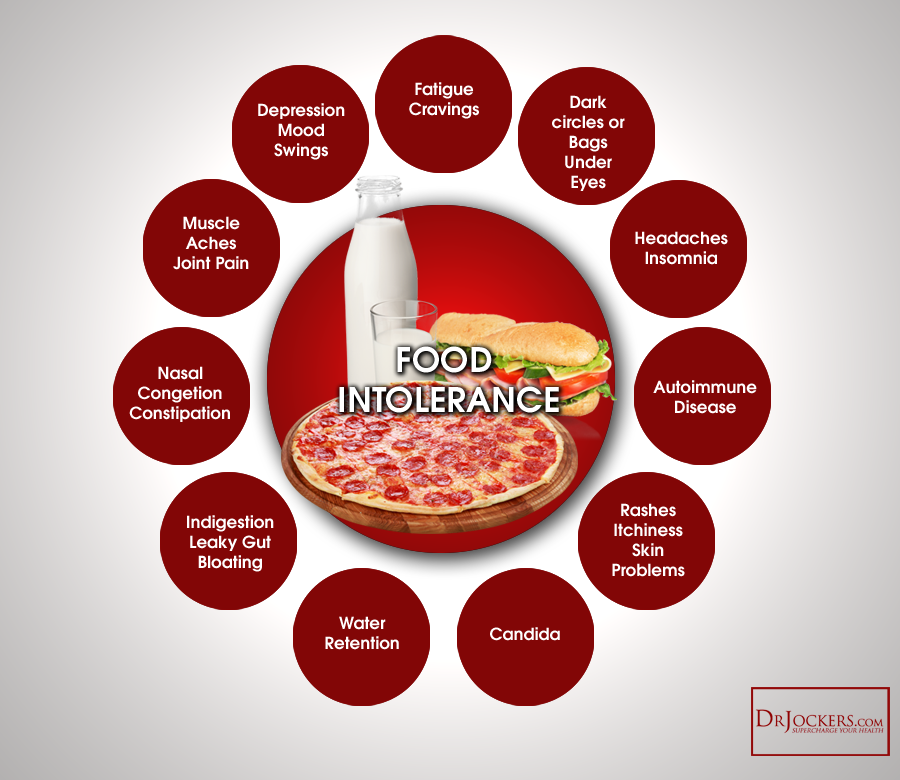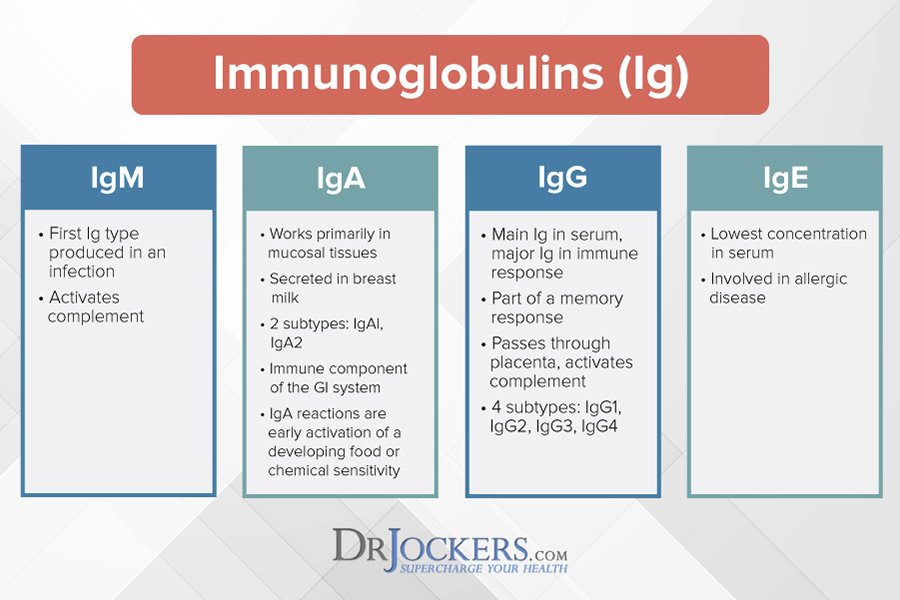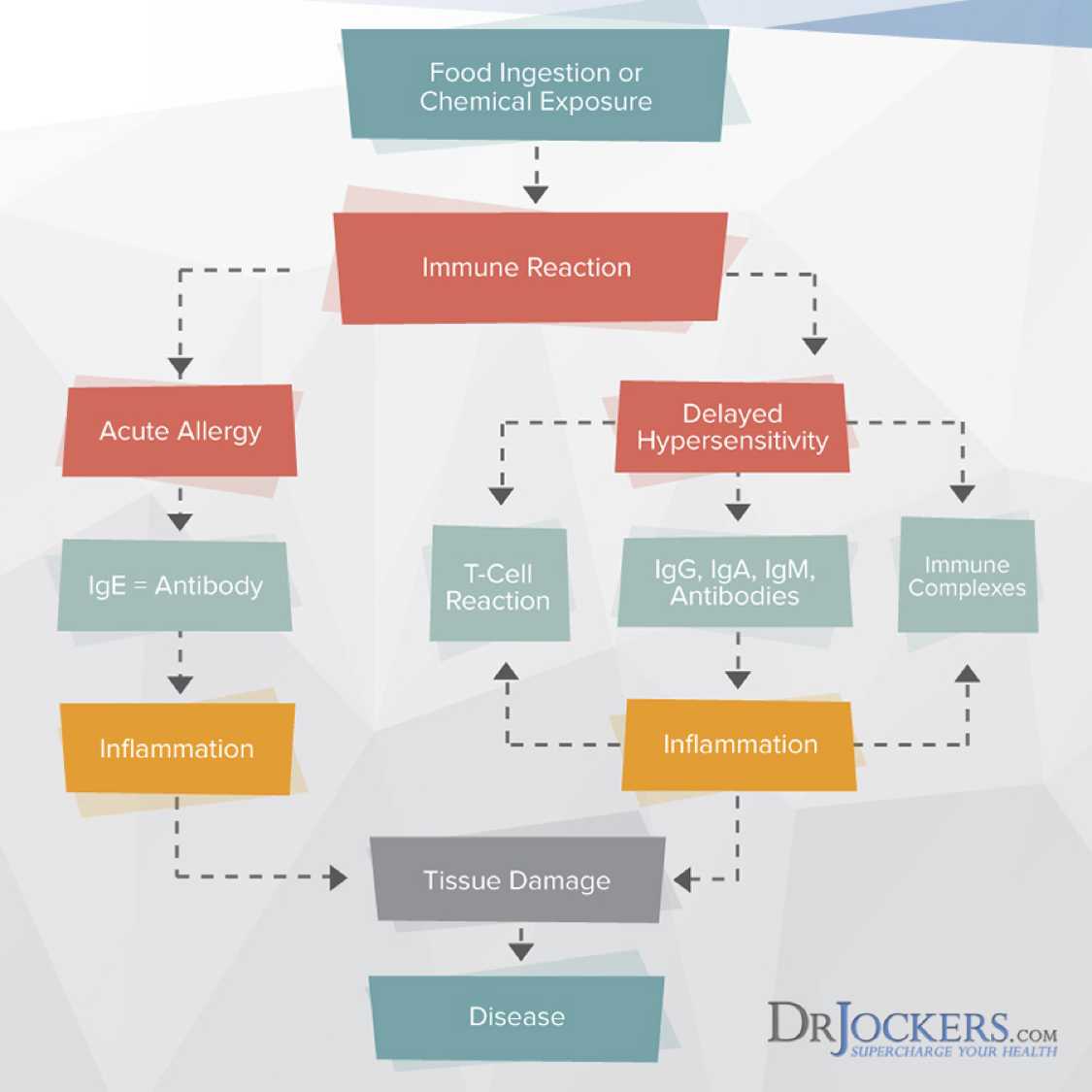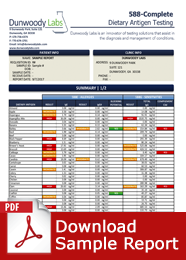$409.00
Description
![]()

As a clinician, I find that unknown leaky gut syndrome and food sensitivities are at the root of many major health conditions. Most people will go through their entire life destroying their body by eating things that cause an inflammatory process throughout their body.
Food allergies and food sensitivities (or food intolerances) are two types of food sensitivities that can be very destructive to the body. Food allergies are a very severe immune reaction to a particular food that causes immediate reactions such as swelling, rash, itchiness and sometimes a life-threatening anaphylactic shock. Food intolerances cause more subtle health challenges that make someone feel uncomfortable without outward immune reactions.
Food intolerances can often lead to elevated levels of whole body inflammation that can cause fatigue, joint pain, brain fog, digestive disturbances, headaches and other unwanted symptoms. Many people go through their lives without ever understanding how food intolerances can lead to these health challenges. They never suspect that the food they are eating every day is silently killing them and their doctors never advise them to look at how they are responding to their diet.

The Food Sensitivity Spiral:
I recommend all of my clients and followers to begin on a completely gluten-free diet as gluten has been well-established to cause gut inflammation and set the stage for leaky gut syndrome. Once the gut is inflamed and bad microorganisms take the locus of control, the mucousal membrane gets worn down and the gut becomes permeable.
Gut permeability allows food particles to cross into the blood stream partially digested. This causes the immune system to react by creating specific anti-bodies to these undigested food particles. This results in food sensitivities and chronic inflammation in the body.
Then the Cycle Continues to Repeat until the Food Sensitivities are Removed and the Gut is Healed and the Protective Gut Mucosal Membrane is Sealed.
The majority of human allergies are caused by a limited number of inhaled small-protein allergens that elicit immune response in susceptible individuals. We inhale many different proteins that do not induce immune response which raises the question of what is unusual about the proteins that are common allergens.
Although we do not yet have a complete answer, some general principles have emerged. Many allergens are relatively small, highly soluble proteins that are carried on desiccated particles such as pollen grains or mite feces.
On contact with the mucosa of the airways, for example, the soluble allergen eludes from the particle and diffuses into the mucosa. Typically, when the immune system is first exposed to an allergen, a type of antibody called immunoglobulin E (IgE) is produced in response.
Besides IgE there are three other antibodies that are capable of tagging allergens that are absorbed into you bloodstream; they are immunoglobulin M (IgM), immunoglobulin G (IgG), and immunoglobulin A (IgA). There are certain antigens and routes of antigen presentation to the immune system that favor the production of IgE.

Testing IgG and C3D Complement Activation
Researchers estimate that at least 60% of the U.S. population suffers from unsuspected food reactions that can cause or complicate health problems. Symptoms can be extraordinarily diverse, ranging from arthritis to eczema to migraines. In extreme cases, food allergies can lead to anaphylactic shock and death if untreated. Fortunately, most people do not have severe reactions.
Because of the high frequency of food sensitivities and the tremendous quantity of food that we eat on a regular basis, many doctors use food sensitivity testing to help get to the root cause of chronic, unexplained illnesses.

IgG (Immunoglobulin G, total
IgG are antibodies that provide long-term resistance to infections and have a much longer half-life than the traditional IgE allergy.
The IgG antibody response creates sensitivity to a particular food. Symptoms may be less severe than with IgE allergic reaction and can manifest anywhere from 3-72 hours after exposure. The delayed response makes sensitivities difficult to identify without a test.
C3d (Complement component 3)
The Dietary Antigen Test (IgG with Complement) measures Complement activation for multiple foods. Complement activation is well-defined in the research as not only a cause of inflammation but one of the strongest causes.
C3d is an activator of the Complement cascade system. Reaction to the specified food will worsen if C3d activation is present along with an IgG antibody response.
When C3d is activated in response to an antigen, the C3 portion attaches to the antigen. This activation, even though it is independent, will amplify the reaction that occurs with total IgG greatly increasing inflammation and symptoms of sensitivity.

Technology and Methodology
The Dunwoody Labs Dietary Antigen and Environmental Allergen Exposure Profiles are the only test on the market that measures both IgG and immune complexes containing the complement fragment complement (C3d), for multiple food antigens and actually reports it.
Random serum samples were measured for dietary allergen-specific immunoglobulin using the Dietary Antigen and Environmental Allergen Exposure Profiles. Dietary Antigen and Environmental Allergen Exposure Profiles are optimized for the for the semi-quantitative measurement of human immunoglobulins IgA, IgE, IgG, IgG4 and IgM in serum samples using an indirect ELISA (enzyme-linked immunosorbent assay).
The system also is capable of detecting immune complexes that contain the complement markers C3D or C1q. Removing allergenic foods based on these results dramatically decreased those food reactions in 30 subjects and was confirmed in follow-up tests.
Complement Activation
The Dietary Antigen and Environmental Allergen Exposure Profiles measures complement activation for multiple foods. Complement activation is well-defined in the research as not only a cause of inflammation but one of the strongest causes. The complement pathway acts as the body’s SWAT team to aggressively attack and clear threats, such as bacteria, viruses, protozoa, and allergens. It is part of our innate system, meaning that we are born with this immune defense mechanism.
Complement components patrol the blood harmlessly, but in an instant can go on the attack to kill and remove dangerous molecules from the body. When activated, the complement pathway sets off a domino effect of inflammatory cytokines, mast cell degranulation, and cell membrane destruction. It is a powerful protective force but can damage tissues if not kept under control. Complement is a quantifiable, reliable biomarker of tissue inflammation.
Complement serves as a link between the innate and adaptive immune response.4-6 This is because complement uses immunoglobulins to help identify dangerous molecules that should be destroyed. IgG1, IgG3, and IgM can activate complement.
IgG Subclasses:
Immunoglobulin G (IgG) is the main immunoglobulin circulating in human blood and helps protect us from infection and outside antigens. There are four subclasses: IgG1, IgG2, IgG3, and IgG4. IgG1 responds to new food antigens. IgG2 and IgG3 react to cell surface oligosaccharides of viruses, protozoa, and foods, which can be allergenic.
IgG4 is commonly related to delayed food sensitivity symptoms. IgG can also activate the complement system to recruit an inflammatory response. The Dietary Antigen and Environmental Allergen Exposure Profiles measures total IgG (subclasses 1-4) antibodies for 88 foods.
Technological advancements
Other Food Sensitivity Methods may use a technology known as live cell analysis. In this technique, patients’ white cells are put on a plate, exposed to a food, and any reaction is measured and recorded. However, white cell growth is not an accepted sign of true food sensitivity or allergic reaction. Growth can be caused by many things.
Other antibody assays may only measure IgG antibodies, which can miss food reactions that activate the inflammatory complement cascade. Finally, other food sensitivity tests may measure only certain subclasses of IgG antibodies, rather than measuring all four, as on Dunwoody Labs Dietary Antigen and Environmental Allergen Exposure Profiles Profile.
88 Allergens Tested
Dunwoody Labs 588G detects adverse reactions to 88 foods. In addition to common allergens, our other profiles will also measure molds and other environmental allergens.
View the sample copy of the test here
Things to Do Before Taking the Test
- Make sure your doctor knows about all medications and supplements you are currently taking.
• Tell your doctor at the time of the test if there are any foods that you DO NOT eat. This is important when interpreting the results.
• Immunosuppressive medications, such as prednisone, can reduce your immune reactions to foods. If you are on these medications, discuss this with your doctor before taking the test.
• Arrange blood collection for Monday–Thursday.
• See blood draw collection instructions inside test kit.
Total Cost: $409.00


Fortunately, because of the many thousands of newsletter readers and social media followers, my team has been able to network with a great lab distributor and get the best possible pricing for everyone.
The retail value (using market value and insurance based rates) is highly inflated and driving up the cost of health care. This is the old, archaic method that many people are still using and paying way more for insurance and co-pays than they really should be.
Many intelligent people are saving insurance premium dollars and turning to pay by order labs such as DirectLabs and others. These skip the middle man (doctors’ visits) and cut down costs for the patient.

My team has been able to beat all of these other methods when it comes to providing the best educational descriptions behind the tests and superior savings. By using DrJockers.com as your source you will save time and money and know exactly the right tests for you so you can get well quicker with less cost.
Additionally, when you order special labs from DrJockers.com you will receive a free email with a summary of your results and lifestyle and supplement recommendations from Dr Jockers himself or a well-qualified team member.

If the test requires blood work you can take your kit to any local lab and have the trained professional take your blood and fill out the kit and send it in the mail.
Urine and blood prick tests can all be done in the comfort of your home and sent into the lab with the mailing slip in your kit. All instructions will be sent to you with the kit. It is a very simple process that most anyone can figure out. The lab also has a customer service phone # if any help is needed.







Comments